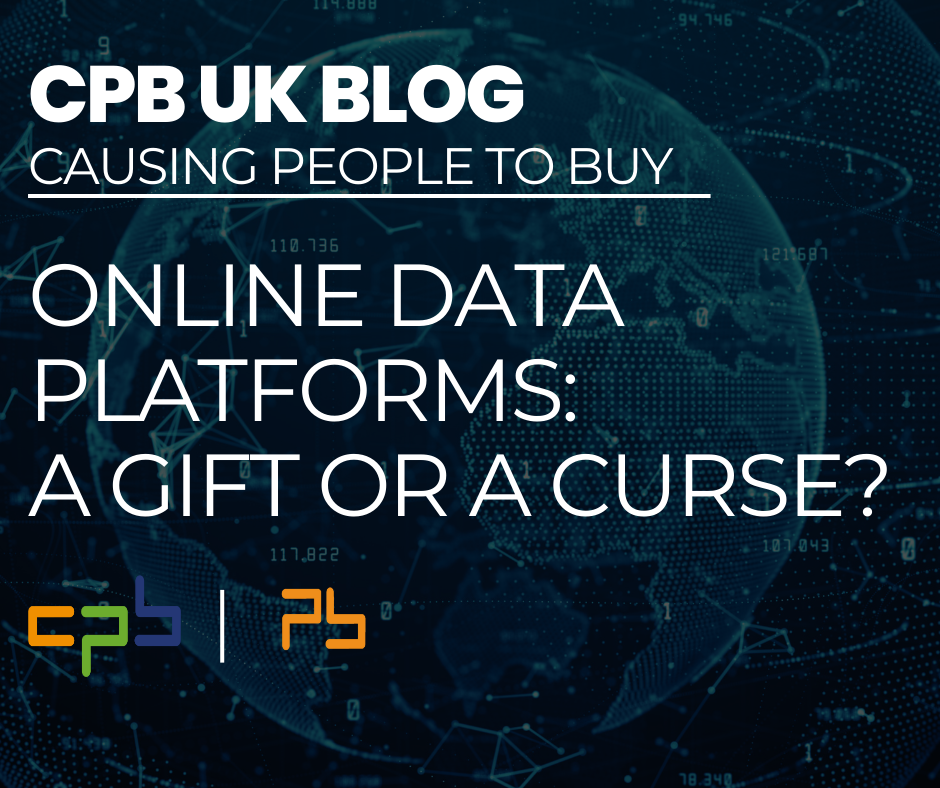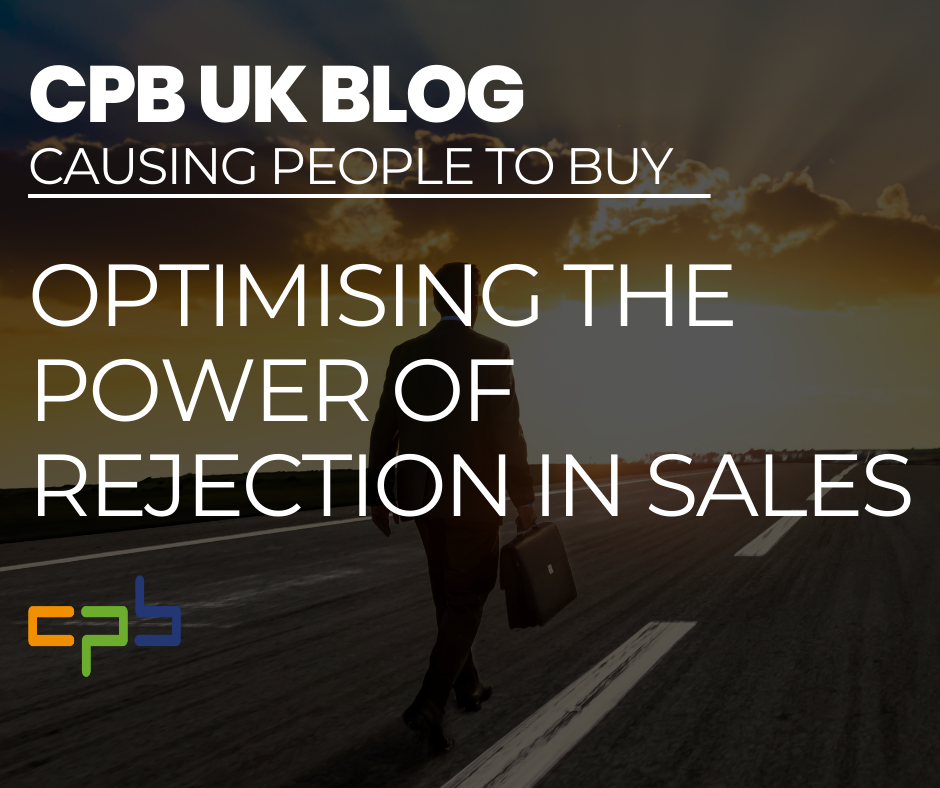The Future of Business Development and Outsourced Agencies vs Internal SDRs
- Helen Pritchett
- 4 days ago
- 5 min read

The business development landscape is undergoing a quiet revolution which will impact the future of business development and outsourced agencies as opposed to internal SDRs. As companies navigate economic pressures, shifting buyer behaviour, and increasing operational costs, leaders are reassessing traditional go-to-market strategies. One critical area under the spotlight is the role of the Sales Development Representative (SDR). More specifically: Should you continue investing in an internal SDR team, or is it time to outsource lead generation to an agency?
Both models bring distinct advantages – but in today’s environment, the case for outsourcing is becoming harder to ignore.
For years, building internal Sales Development Representative (SDR) teams was seen as a natural step in scaling outbound efforts. But now, in a climate defined by rising minimum wages, increasing National Insurance contributions, and mounting pressure on profit margins, many are asking: Is maintaining an internal SDR team still the best way forward?
The answer may not be as straightforward as it once was.
A Changing Economic Landscape
Running an internal SDR function has always required significant investment. Between recruitment, onboarding, salaries, benefits, training, management, tools, and CRM platforms, the costs add up quickly. But what used to be considered a long-term investment in pipeline generation is now coming under increased scrutiny.
Higher wage floors and employment taxes mean the cost per SDR is climbing year-on-year. At the same time, sales cycles – particularly in B2B and the tech sector – remain lengthy and complex. When decision-makers are under pressure to demonstrate ROI in the short term, it becomes harder to justify the months (or even years) it can take for an SDR to generate revenue from scratch.
The Economic Shift: Rising Costs, Slower ROI
In the UK, rising minimum wages and increasing National Insurance contributions have significantly driven up the cost of employing internal sales teams. When you factor in recruitment, training, software licences, and ongoing management, an SDR programme becomes a major overhead. In a climate where leadership needs quick wins, the traditional in-house SDR model often struggles to prove its value fast enough.
The fundamental challenge with internal SDR teams isn’t just the cost – it’s also the lag time. Sales development is rarely about instant gratification. It’s a slow burn, requiring persistence, multiple touchpoints, and constant optimisation. And while this method can deliver high-quality, nurtured leads over time, many businesses simply can’t afford to wait that long.
The lengthy B2B sales cycle means it is difficult to show tangible ROI from internal SDRs in the short term. For many businesses, especially in tech and services, this delayed payoff can be challenging to defend in quarterly board meetings.
The Rise of the Outsourced Model
This is where outsourced lead generation agencies are starting to shine. Agile, scalable, and staffed by specialists, outsourced SDR providers can offer a more flexible, cost-efficient alternative – especially for businesses that need to adapt quickly or lack the internal capacity to manage sales development at scale.
Outsourcing allows businesses to:
Reduce fixed overheads, avoiding long-term salary and benefit commitments.
Accelerate time to results, leveraging established teams with existing workflows and tools.
Scale up or down quickly, without lengthy recruitment processes.
Access specialised knowledge and multi-sector experience, without hiring in-house experts.
Most importantly, outsourced agencies are under constant pressure to deliver tangible results, often operating under performance-based contracts. This makes it easier to measure ROI in real time, and to pivot if a particular approach isn’t working.
What About Brand Knowledge and Control?
One of the most common objections to outsourcing is the perceived loss of control or brand dilution. It’s true that internal teams are more embedded in your company culture, and can often speak more authentically about your product or service.
But the best outsourced agencies now take this challenge seriously. They invest time in onboarding, collaborate closely with marketing and sales teams, and ensure messaging aligns with your brand voice. In many cases, they can mirror the experience of an internal team with far greater efficiency.
So, What’s the Right Move?
There’s no one-size-fits-all answer. But here’s a guiding framework:
If you’re an early-stage company with limited budget and pressure to show pipeline quickly, outsourcing might be the most efficient path.
If you have an established brand and long-term vision for owning your customer journey, you might still benefit from internal SDRs—but with clear KPIs, strategic support, and possibly a hybrid model.
If you're somewhere in between, consider trialling a campaign with an outsourced partner to benchmark performance. This can help you decide whether to invest further internally or fully transition externally.
The Merits of In-House SDRs
✅ Brand Immersion Internal SDRs live and breathe your business. They're embedded in your culture, understand your tone of voice, and can represent your brand in a way that feels authentic and aligned.
✅ Deep Product Knowledge Because they’re part of your organisation, in-house SDRs usually develop a deeper understanding of your product or service. This allows them to handle complex objections, tailor conversations more effectively, and pass on higher-quality leads.
✅ Direct Oversight & Collaboration With your team under one roof, collaboration between SDRs, marketing, and sales is often smoother. There’s better visibility, quicker feedback loops, and an opportunity to refine messaging in real time.
However, these benefits come at a cost, literally.
The Outsourced Alternative: Flexible, Scalable, Cost-Efficient
Outsourced lead generation agencies offer a different approach, one that’s proving increasingly attractive.
✅ Cost Efficiency By outsourcing, you eliminate the fixed costs associated with permanent hires. Agencies typically work on flexible contracts, so you only pay for the output you need, whether that’s a month-long campaign or a long-term partnership.
✅ Faster Time to Market Agencies already have trained teams, and proven tools in place. This means you can launch your outbound strategy far quicker than building a team from scratch.
✅ Switch On, Switch Off Perhaps the biggest advantage of outsourcing is flexibility. Need to pause activity during a quiet quarter? Scale up in response to new funding? Test a new market? With an outsourced partner, you can turn the tap on or off without the friction of recruitment or redundancy.
✅ Specialist Expertise Many agencies bring a breadth of experience across industries, offering insights and best practices you might not get internally. This external perspective can be valuable in sharpening your messaging and improving lead quality.
Choosing What’s Right for Your Business
Here’s a simple framework to help guide the decision:
Factor | Internal SDR Team | Outsourced Lead Gen Agency |
Brand Alignment | ✅ Strong | ⚠️ Varies by partner |
Cost Control | ❌ High fixed costs | ✅ Flexible and scalable |
Speed to Results | ❌ Slower ramp-up | ✅ Rapid deployment |
Long-Term Culture Fit | ✅ Strong integration | ⚠️ Depends on relationship |
Flexibility | ❌ Difficult to scale fast | ✅ Easily switched on/off |
Access to Expertise | ⚠️ Depends on team experience | ✅ Proven strategies and benchmarks |
Final Thoughts
Business development is evolving, fast. The traditional internal SDR model isn’t dead, but it’s certainly under pressure. With rising operational costs and increasing demands for efficiency, companies need to think critically about how they build and scale their sales development strategies.
Outsourced agencies offer a compelling solution for the modern business: flexible, cost-effective, and performance-driven. As the economic landscape continues to shift, the businesses that adapt first – rethinking old structures and embracing smarter approaches – will be the ones that come out ahead.
The decision between an in-house SDR team and outsourced lead generation isn’t about one being better than the other – it’s about what fits your business context today.
If brand alignment, long-term culture-building, and deep product conversations are key, an in-house team may still be worth the investment.
But in an era of economic pressure, rising employment costs, and the need for fast, flexible results, outsourced lead generation is emerging as a highly attractive, low-risk option. The ability to scale up or down based on business needs – without being locked into permanent costs – can give companies a competitive edge in a volatile market.
The future of business development may not be fully internal or external – but a smart blend of both. The key is knowing when to double down, and when to plug in expertise from the outside.





Comments